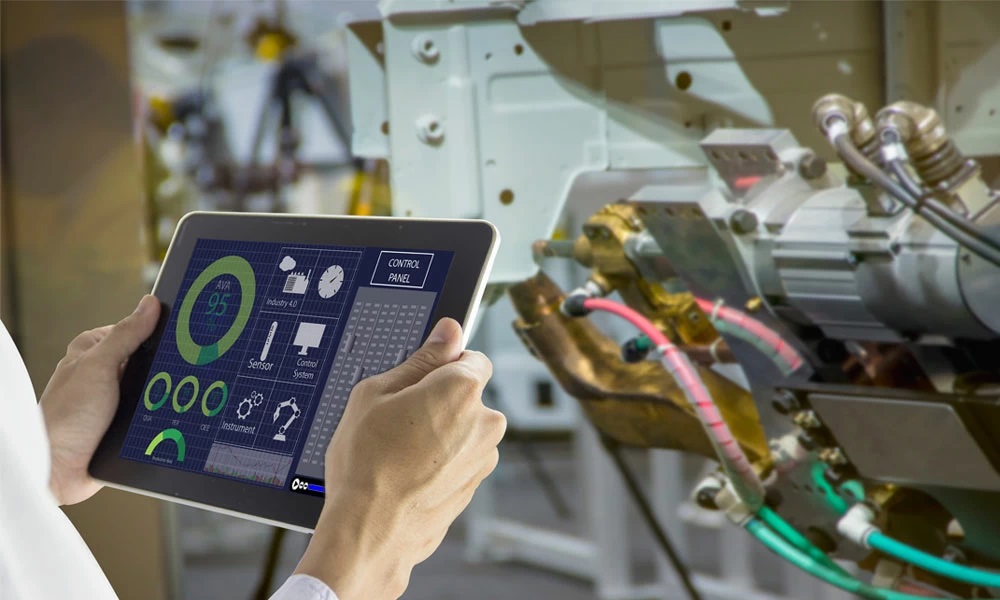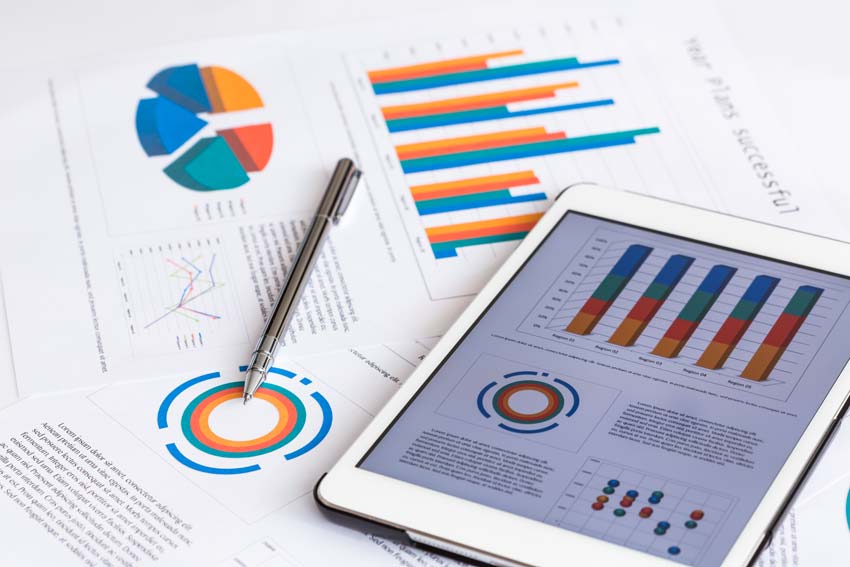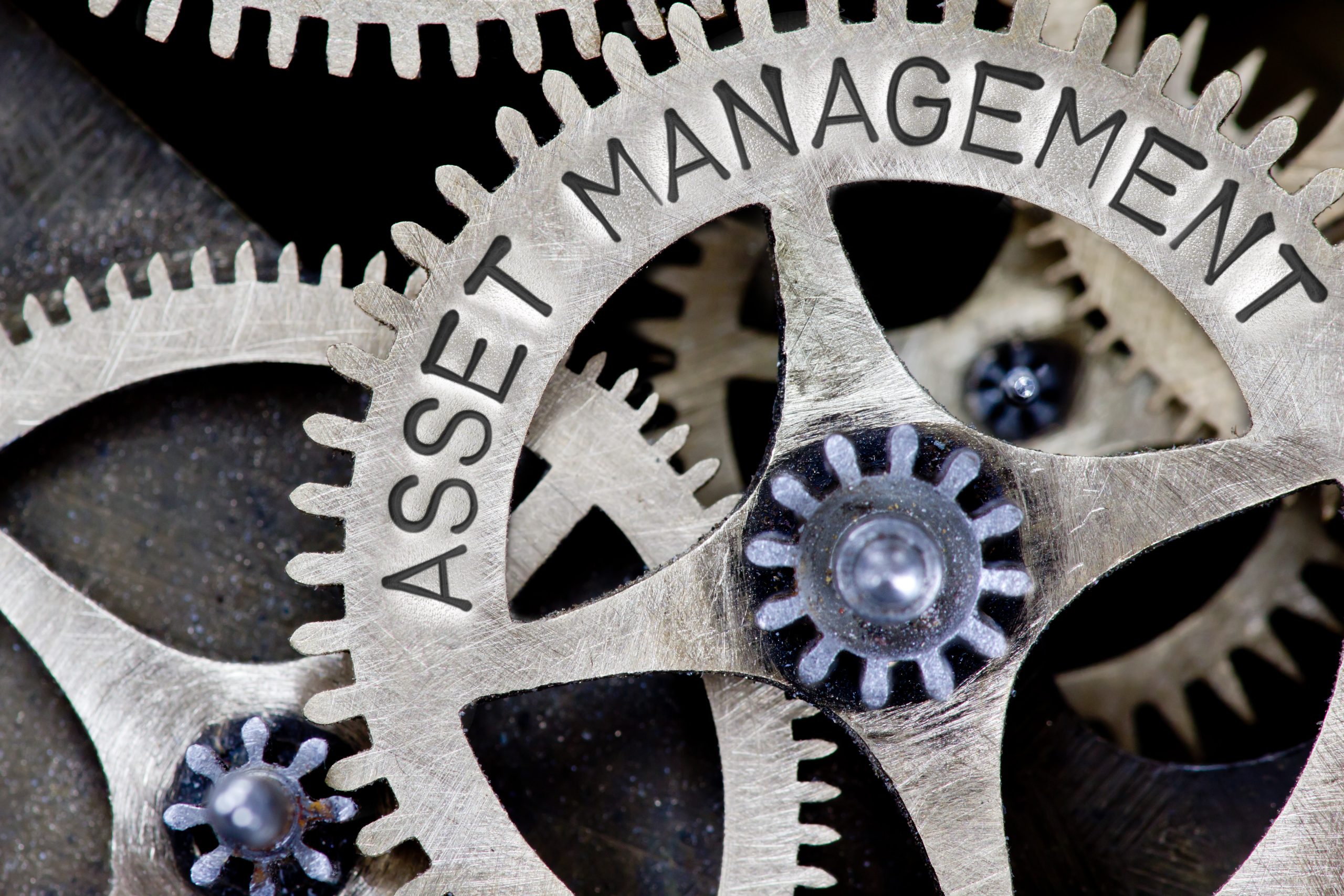How to improve Maintenance Efficiency using an EAM system

The main goal of maintenance is to increase equipment availability and minimize failure. The most common types of maintenance are Preventive Maintenance, Corrective Maintenance, and Emergency maintenance. Every maintenance includes a cost to it. i.e., price of the part/item replaces or repair, cost of the labor, service cost, etc.
Maintenance efficiency indicates the upkeep effort required to deliver required performance from the equipment. Keeping track of asset life cycle and maintenance history is extremely difficult without a dedicated system. Enterprise Asset Management, popularly known as EAM, is software system that helps manage the complete life cycle of assets/equipment.
With EAM, technology has given a better way of managing, monitoring, and maintaining assets throughout their lifecycle to extend asset lifespan, decrease costs and optimize the standard, efficiency and safety.
Critical applications in EAM to achieve maintenance efficiency
- Asset management
- Work management
- Contract management
- Material management
- Procurement management
With an efficient EAM system in place, all the aforesaid activities can be easily managed and automated to a such an extent that a it reduces manual intervention at critical times.
- Asset management: During any maintenance activity, the Asset information such as Location, Parent, criticality, Manufacturer, installed date, custodians, spare parts, safety regulations, etc. are crucial to keep the downtime as low as possible. An EAM will enable organization to maintain and manage such information in a centralized system that comes handy and optimizes maintenance activities. For example, based on the asset’s criticality, the scheduler can assign the maintenance job to ascertain the equipment is available sooner than expected.
- Work management: Whether it’s preventive maintenance or corrective maintenance or emergency management maintenance team/Technicians must get the work execution details to fix assets in time. With the EAM system, the maintenance engineer has all information like SOP (standard operating procedure) from the manufacturer and safety procedure to operate. This information helps in planning and work execution better. Also, the maintenance engineer chooses materials, services required and estimates the value, which is vital in analyzing the maintenance cost of the asset.
- Contract management: As an organization, they’re many contracts associated with vendors such as price contracts, purchase contracts, warranty contracts, etc. For a maintenance engineer it is crucial to know the warranty of an asset, to manage claims and track the warranty status of each asset/equipment at times of any failures. The EAM system will enable organization to automate invoices generated based on the frequency defined within the contracts reducing the manual workload of the maintenance engineer.
- Material management: Material management is essential as this could increase stock value, An EAM with Reorder capabilities and periodical cycle stock check will help in the decrease in hand inventory and maximizes the item available to the maintenance team. In addition, the EAM acts a centralized repository of all material information available in stock across various warehouses and regions.
- Procurement management: An efficient supply chain is an essential factor for achieving maintenance efficiency. Procurement applications in EAM provides insights about vendor quotations, technical qualifications, and helps procurement staff to choose the right vendor. The status of materials received, status of delivery and any damages can be conveyed to vendors automatically through emails and messages without any delay. Once the service items are received, accepted and approved by the maintenance engineer, the invoices are generated accordingly.
Other benefits of features of an efficient EAM system
- Forecast, plan, and schedule maintenance
- Mobile inspection and mobile execution
- On-Demand reports and scheduled reports
- Track Key performance indicators
- Identity and review Failure hierarchy
Do you want to learn more about Asset performance optimization and implement an efficient EAM system? Talk to one of our asset management experts today!





